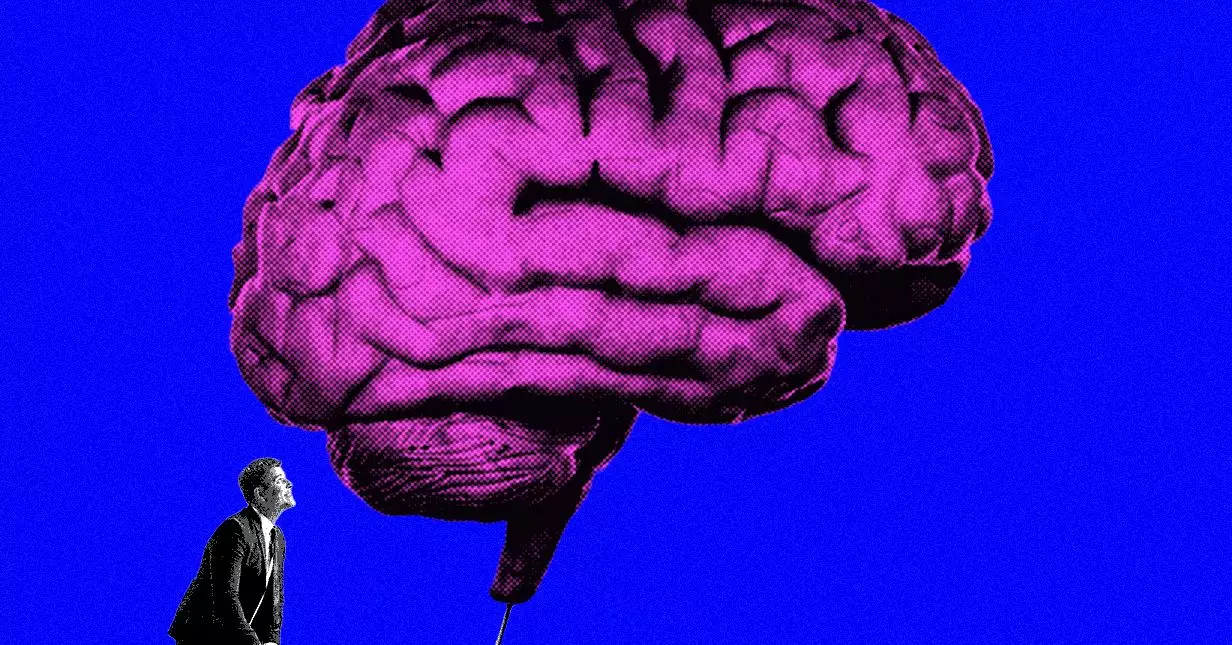In the fast-paced world of artificial intelligence (AI), where innovation drives outcomes, the specter of unreliable data looms large. Databricks, a pioneering player in AI model development, is addressing this critical issue through a groundbreaking technique that enhances AI capabilities even when the typical clean, labeled datasets are scarce. Chief AI Scientist Jonathan Frankle has been keenly aware of the obstacles faced by enterprises venturing into AI. His observations highlight a common dilemma; businesses are often brimming with raw data yet struggle to transform it into usable, high-quality information due to its inherent messiness. This scenario is emblematic of a broader issue in the AI landscape: the disparity between the available data and the data’s usability.
Frankle’s insights reveal a harsh reality for many organizations: “Nobody shows up with nice, clean fine-tuning data.” This challenges those looking to leverage AI for specific applications, as they find themselves hindered by the quality of their datasets. As organizations aspire to harness AI for transformative tasks, the capability to navigate through impure data will determine who thrives and who falters in this technological age.
A Novel Technique: Test-time Adaptive Optimization (TAO)
In response to the pervasive problem of subpar data quality, Databricks has introduced an innovative method known as Test-time Adaptive Optimization (TAO). Rooted in progressive ideas that have reshaped AI training approaches, TAO combines reinforcement learning with synthetic training data. This marriage of techniques allows AI models to elevate their performance, even in the face of flawed datasets. The essence of this approach is robust; it acknowledges that, through practice and experimentation, even a less proficient model can attain proficiency in a task.
The essence of “best-of-N” scoring is crucial to this method. By training a model to predict human preferences for outputs, Databricks equips it with a sophisticated mechanism for self-improvement. This becomes particularly game-changing, as it utilizes its Reward Model, or DBRM, to curate optimal outputs from existing models, thereby generating synthetic training data that can be used for further refinement. The result is a self-reinforcing loop where the model is better equipped to generate meaningful insights in its first attempt.
Empowering Businesses to Innovate
What’s truly significant about TAO is its potential implications for businesses across diverse industries. With the capability to craft AI models that can succeed without the crutch of immaculate data, companies can unleash their creativity and explore new avenues in automation and decision-making. This democratization of AI empowers firms to break free from the tidal wave of data burdens and focus on leveraging the insights that AI can offer.
Moreover, as Databricks continues to evolve and refine its methodologies, it enhances the transparency of its processes—an approach that breeds trust among businesses looking to partner in their AI journey. Through emphasizing the development of robust and customizable AI solutions, Databricks positions itself as a reliable ally for organizations wrestling with the complexities of AI implementation.
The Broader Landscape of AI Research and Development
The introduction of TAO into the AI framework is a testament to the fluidity and responsiveness of AI research in addressing its challenges. As companies like OpenAI and Google actively integrate similar reinforcement learning techniques, Databricks’ contributions further enrich the dialogue around AI development. The acquisition of Gretel by Nvidia, which specializes in synthetic data, underscores the growing recognition of this area of expertise within the AI community.
Frankle’s assertion that AI is undergoing a renaissance moment, characterized by unprecedented advancements, resonates throughout the technological landscape. By championing approaches like TAO that defy conventions related to data quality, Databricks sets a noteworthy precedent. It inspires a collective re-imagination among practitioners regarding what is possible when it comes to training AI without being shackled by the limitations of traditional data sourcing.
In sum, Databricks is at the forefront of a paradigm shift, demonstrating that with innovative techniques and a commitment to facing data challenges head-on, the possibilities of AI are boundless. The bridging of reinforcement learning and synthetic data will redefine how organizations interact with AI, unleashing unprecedented potential for efficiency, accuracy, and insight.

